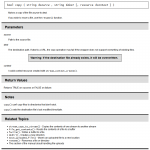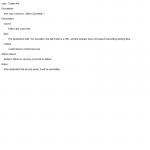I’m still working on the blog’s vision and goals and it occurred to me why authentic was such a sticky wicket–the meaning has been stretched some. To me, it’s summed up as “what you see is what you get,” and therein lies the problem: I don’t look like much, unless you know where to look, I suppose.
The challenge comes when having had to choose between making an impression or making an impact, I’ve preferred to make an impact. Sometimes, on a good day, the impact is what makes an impression. Oftentimes, however, the impact comes at the cost of making an impression, or at least an immediate impression. Sometimes, to be completely honest, I strike out and make neither (or worse). Those, I chalk up to live and learn, and try not to repeat them.
Back to the blog. If I aspire for the blog to have a positive impact and make an impression, but can I do that and be authentic? I think so, as long as the impression comes from the impact. In a world that can’t see past the impressions, however, that’s going to come with a cost. But it’s a cost that’s lower, in the long run, than optimizing for impression over impact.
I think I can get past authentic now that I’ve operationalized it more clearly.
With that, I’ve updated my vision document.
In this latest update, I:
- Added a new audience segment: Amateur radio. How could forget that?
- Edited the vision to engage in a conversation, not just contribute (i.e. toss things into) one.
- Added a new principle: to strive for craftsmanship.
The last one is a personal goal as well and speaks back to how I’ve operationalized authentic. I want this work to have a clean and professional sense about it. If it doesn’t now, I want it to work towards that goal as I go along.
Interesting. By clearing up one principle, I was able to reveal another.
Cool.






